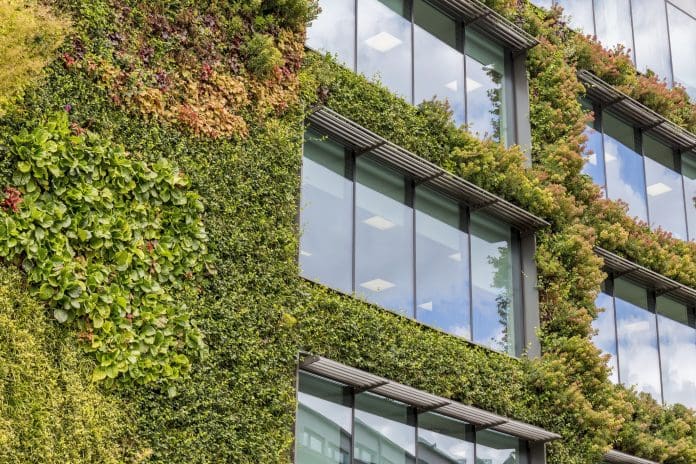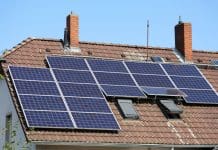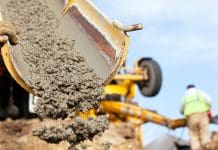An international green building alliance has launched the first global practical guide to facilitate the $35tr investment needed by 2030 to meet clean energy goals
The new guide, ‘Financing Transformation: A Guide to Green Building for Green Bonds and Green Loans,’ details how building verification and certification standards can be used to comply with global classifications.
The guide will set a trajectory for the global built environment to meet a sustainable 1.5°C climate threshold.
Buildings account for over 30% of global energy use
The International Energy Agency has stated that buildings account for more than a quarter of emissions, with a majority of existing buildings expected to be still standing in 2050.
Given this, it is important that large-scale capital investments are directed towards supporting sustainable retrofits and meeting climate targets.
Gillian Charlesworth, CEO of BRE, said: “By unlocking significant capital, we can drive the essential decarbonisation of our built environment despite the inherent challenges.”
How the guide will overcome challenges to sustainable finance
Although sustainable finance instruments have become more widespread in recent years, their impact is hindered by a lack of understanding and adoption.
The guide offers forward-thinking recommendations to address this issue, aiming to improve collaboration between the finance and real estate sectors and to standardise green building practices across different regions.
Integrating major building certification systems
Integrating certification systems such as BREEAM, Green Mark, Green Star, HQE, LEED, and NABERS provides a practical and robust framework for unlocking sustainable finance.
This approach ensures that progress toward a more sustainable built environment is supported by scientifically backed and trustworthy methodologies.
Implementing holistic investment metrics
The guide promotes a comprehensive approach by incorporating health and social outcomes as key investment metrics.
This shift requires a fundamental change in traditional practices, encouraging investors to embrace the risks of new technologies, scale up existing solutions, and prioritise social impacts.
Consequently, the green building alliance is dedicated to developing criteria in collaboration with finance providers to thoroughly create, measure, and report on social value.
President and CEO of the U.S. Green Building Council (USGBC), Peter Templeton, said: “While meeting our global decarbonisation goals is an essential driver, investment in sustainable buildings and portfolios will also deliver measurable improvements to occupant health, community resilience and ecosystem restoration.”
Collaboration for global climate action
The guide is produced by an international alliance that includes the UK-based Building Research Establishment (BRE), the Green Building Council of Australia (GBCA), the Singapore Green Building Council (SGBC), the U.S. Green Building Council (USGBC), and the newly welcomed Alliance HQE-GBC France.
This collaboration marks a significant milestone in the coalition’s efforts to accelerate global climate action.
These institutions are responsible for some of the world’s most influential green building rating systems: BREEAM (BRE), Green Star (GBCA), Green Mark (Singapore’s Building and Construction Authority and SGBC), HQE (Alliance HQE), and LEED (USGBC).














